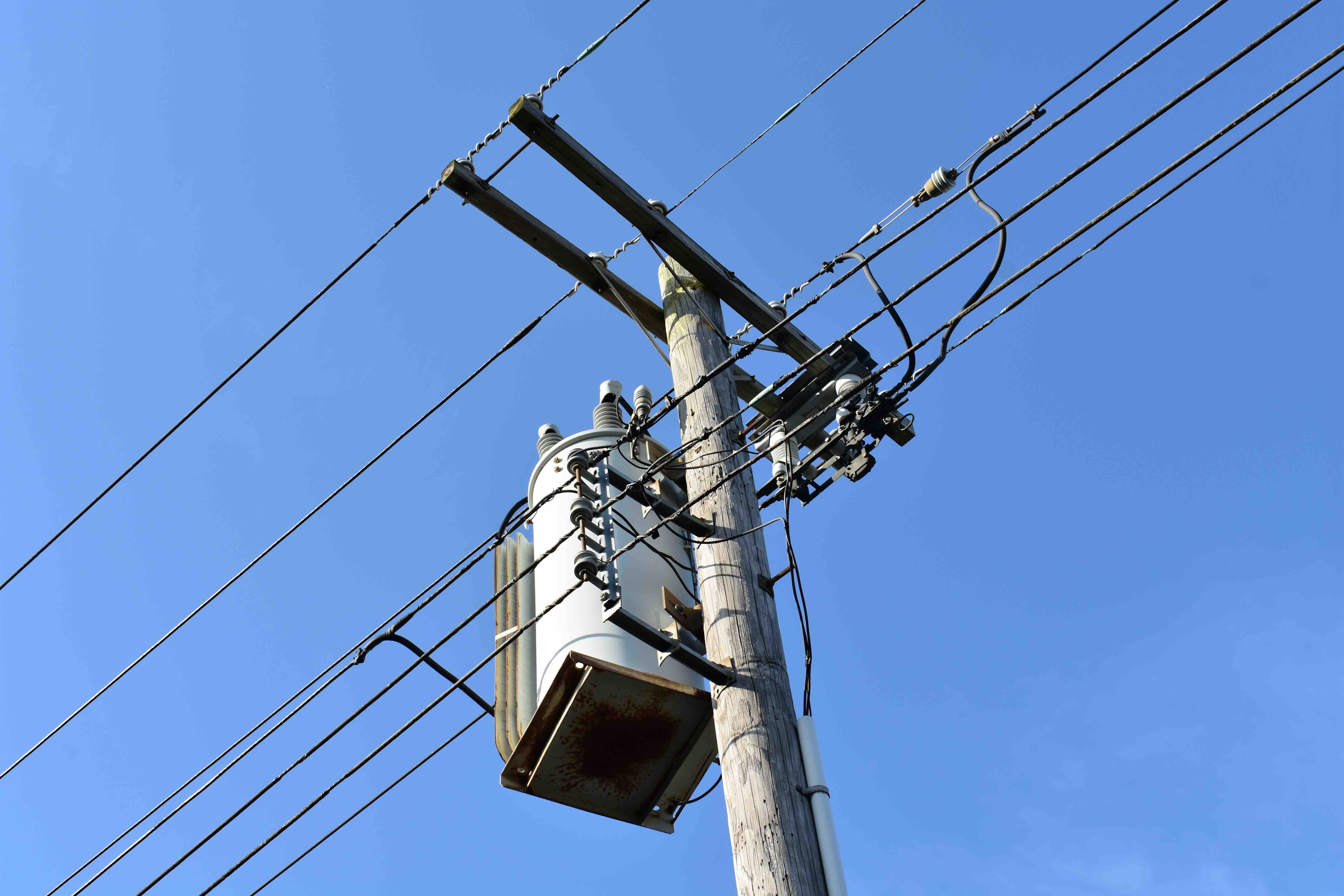Updated 10 months ago
Rocky Mountain Power Filing Could Mean 20% Electric Rate Increase for Utah Residents
Written by Catherine Lane Catherine LaneCatherine has been researching and reporting on the solar industry for five years and is the Written Content Manager at SolarReviews. She leads a dyna...Learn more


Why you can trust SolarReviews
SolarReviews is the leading American website for solar panel reviews and solar panel installation companies. Our industry experts have a combined three decades of solar experience and maintain editorial independence for their reviews. No company can pay to alter the reviews or review scores shown on our site. Learn more about SolarReviews and how we make money.
Rocky Mountain Power, Utah’s largest electric utility, has filed for a test period ahead of its next general rate case, in which it seeks to increase electric rates. In the past year, the utility has attempted to increase rates by over 20% in Wyoming and 10.5% in Idaho.
What is happening
Rocky Mountain Power has received approval for a future test period before its General Rate Case, which will establish its 2025 electricity rates.
The utility identified that 27% of its large capital project additions will be placed in service in 2025 and that the best way to create rates for 2025 is by projecting the costs of these projects using what is called a future test period.
While annual rate changes are standard, filing for the use of a future test year could result in higher-than-average rate increases, as it relies on projections rather than historical data.
What we know about Rocky Mountain Power’s proposal
Rocky Mountain Power identified three major pillars driving the need for rate increases:
The Gateway South Transmission line and new wind projects coming online before 2025;
Net power cost increases from market prices and fuel contracts; and
Third-party liability insurance premiums.
These are expensive line items for the utility and suggest it will seek to recoup these costs through a high rate hike.
Rocky Mountain Power hopes that using a future test period in Utah, where the company will project costs for 2025, will allow for accurate measurement of future expenses and prevent the need for multiple rate increases over the year.
Why Rocky Mountain Power’s potential rate hike in Utah matters
The combination of Rocky Mountain Power’s drivers for a rate increase in Utah and how the utility has approached increases in other territories suggest the initial proposed rates could be between 8% and 20% higher than current electric rates. For reference, Utah’s average annual rate increase is just 1.87%.
A 20% rate hike would increase Rocky Mountain Power customers' average monthly electricity bills by $17. More modest increases of 8% or 2% would add about $7 or $2, respectively. A $17 monthly utility bill increase for low-income households would cause electricity costs to eat up nearly 3% of their total annual income.
Rocky Mountain Power sought an astonishing 21.6% rate increase in Wyoming at the start of 2024, citing factors similar to those mentioned in Utah, like net power costs and insurance premiums.
Ultimately, the rate increase was lowered to 8.3%, in part because the Wyoming Public Service Commissioners believed Rocky Mountain Power’s modeling tool overestimated costs.
While 8.3% is much less than the initial proposal, it’s still significantly above the state’s historic average annual electric rate increase of 2.34%.
Less than six months later, Rocky Mountain Power again applied for Wyoming’s approval for another 12.3% increase, citing “unexpectedly high fuel costs.” At the same time, in Idaho, the company filed for a 10.5% rate hike to cover fuel costs and severe weather effects from 2023.
However, Rocky Mountain Power proposing a rate hike, and what actually gets approved are two different things. Wyoming reduced the company’s initial proposal, and both Wyoming and Idaho have yet to approve the rate hikes proposed in April 2024.
Being that Utah requires electricity rates to be “just and reasonable,” not just for utilities but for consumers as well, we could see a similar back-and-forth on whether the proposed rates are fair for all parties.
The company might also take a more conservative approach in Utah after its experiences in other territories. Rocky Mountain Power is set to file the general rate case filing on or before July 1, 2024.
Utah already has a higher cost of living than the U.S. average, and increased electricity bills will put further pressure on Utahns trying to make ends meet.
Catherine has been researching and reporting on the solar industry for five years and is the Written Content Manager at SolarReviews. She leads a dynamic team in producing informative and engaging content on residential solar to help homeowners make informed decisions about investing in solar panels. Catherine’s expertise has garnered attention from leading industry publications, with her work being featured in Solar Today Magazine and Solar ...
Learn more about Catherine Lane